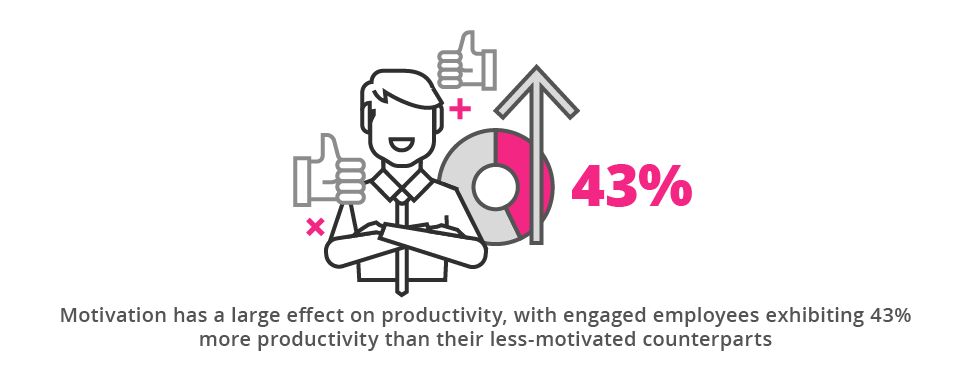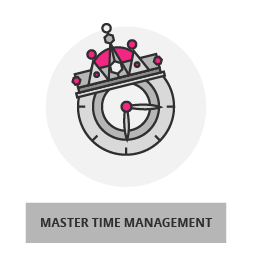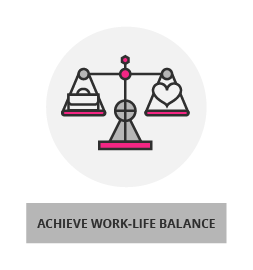How to find and maintain professional motivation using the ESPER framework
Feeling disengaged from your work can be a massive barrier to progressing your professional career. Motivation has a large effect on productivity, with engaged employees exhibiting 43% more productivity than their less-motivated counterparts.1

Maintaining your motivation over the course of a work day is usually manageable, but holding onto those levels of engagement is much harder over an extended period of time. Adapt the following 5-step framework to your needs and keep yourself motivated at all times.
1. Establish: Set a goal, visualise it and ask yourself why you want to achieve it
Visualisation has been used by gold medal-winning Olympic athletes since the 1960s, and the resulting rise of sports psychology is testament to its effectiveness.2
Ask yourself what you want to achieve. Write it down somewhere and visualise every last tiny detail of how you’re going to get there, and how it’s going to feel when you get it done. Think about the work that needs to be done, the people you may need to rely on, the possible obstacles you’ll come across, and the result of your hard work.
In order to keep your eye on the target, make a list of your reasons behind wanting to achieve your goal. Whether you want to gain work experience in a particular field, master the skills you’ll need to move into a specific role, or get a promotion to increase your earning potential, writing your reasons down makes your motivation more tangible.
2. Strategise: Prepare, but stay flexible
Ensuring you have a strategy laid out in front of you will help you remain focused on what needs to be done, improving your motivation to do it. Prepare a clear, concise route to follow, considering potential obstacles and necessary skills.
While strategy is vital, being able to adapt to changes is just as important. When things start to go in a different direction than you thought they would, assessing the change and realigning yourself with the shift will help you stay engaged with the task.
3. Plan: Create task lists, and keep them short
According to businessman and author, Tony Robbins, “A major source of stress in our lives comes from the feeling that we have an impossible number of things to do. If you take on a project and try to do the whole thing all at once, you’re going to be overwhelmed.”

To combat this unnecessary source of stress, break your objective down into smaller goals, with deadlines and rewards. This technique, known as “chunking”, allows you to chew bite-sized bits of the mammoth task ahead of you, and helps you avoid feeling flooded with work.
4. Execute: Put your plan into action
Once you’ve taken the necessary steps to detail your plan of attack, the next move is to execute. The key to success here is to remain outcomes driven. If something isn’t delivering you the results you thought it would, take a step back and think about if you really need to do it.
Be sure to track your progress carefully during this stage. Being able to look back at your execution phase and evaluate your progress is an essential part of optimising your strategy.
5. Review: Remember your reasons for wanting to achieve, and check your performance
Not every day is going to be smooth sailing. When you come across a dip in motivation or an obstacle that seems insurmountable, check back in with the reasons you wrote down in step 2.

Use this time to check your performance in the previous execution phase. Compare your progress so far against your overall goal. Identify what’s working and how to make it work better. Decide on things that aren’t working and figure out if you should try salvage them, or just discard them.
Own your professional development with these related frameworks for personal growth:
2 NY Times


